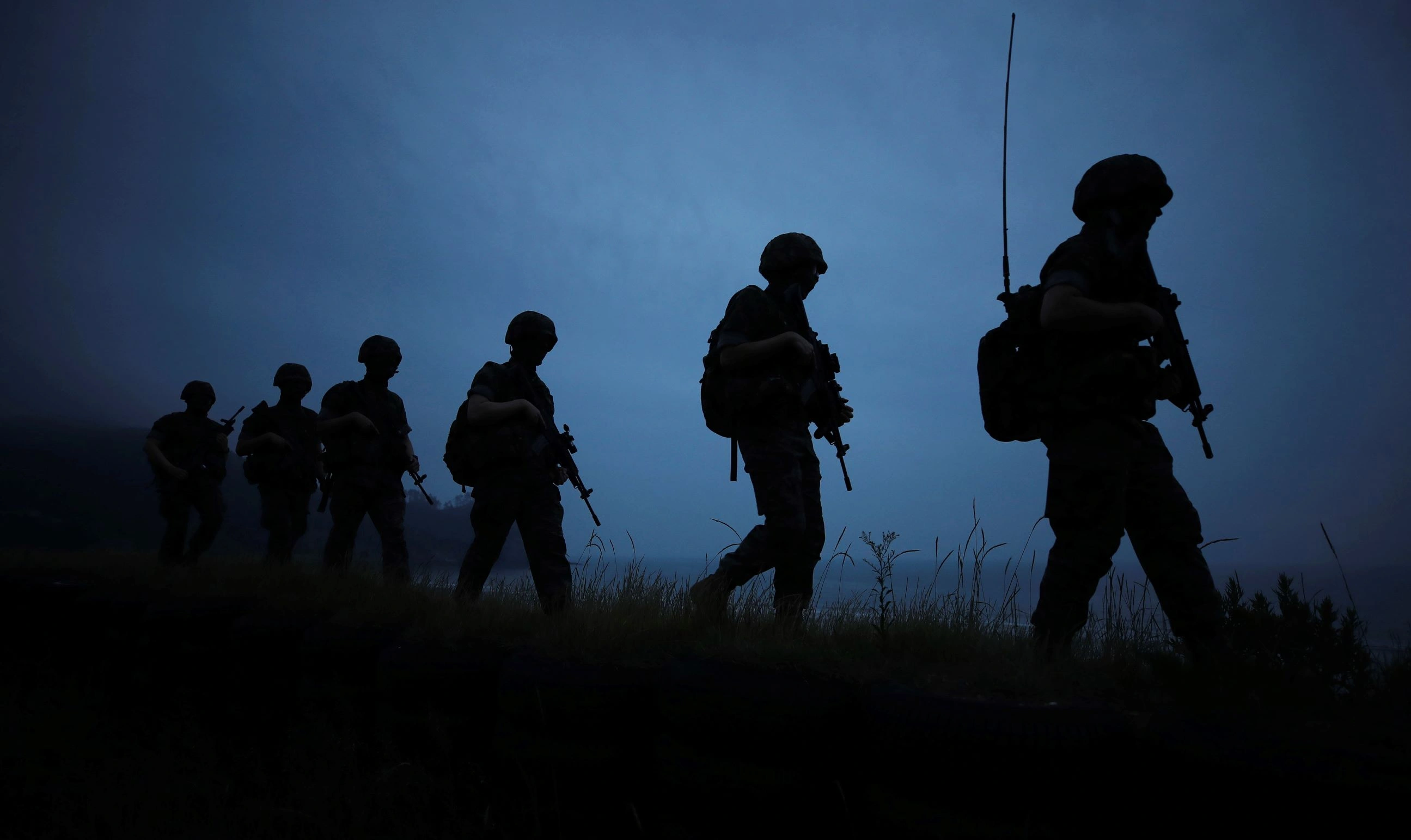A crisis stemming from North Korea’s continued development of nuclear weapons and ballistic missile testing is the top-ranked conflict concern for 2021, according to the Council on Foreign Relations’ (CFR) thirteenth annual Preventive Priorities Survey. The survey identifies potential violent overseas conflicts where U.S. troops might be deployed in the year ahead.
Conducted by CFR’s Center for Preventive Action (CPA) last November, the survey asks foreign policy experts to rank thirty ongoing or potential conflicts based on their likelihood of occurring or escalating in the next year and their potential impact on U.S. national interests.
“There are many potential international clashes that the incoming Joe Biden administration must be particularly mindful of, especially given its desire to focus on bringing the novel coronavirus pandemic under control,” said Paul B. Stares, CPA director and General John W. Vessey senior fellow for conflict prevention. “Our survey is a valuable tool to help policymakers focus preventive efforts on those conflicts of greatest risk to the United States.”
More on:
The dangers posed by North Korea’s nuclear program moves ahead of the threat of a highly disruptive cyberattack on U.S. critical infrastructure, which was the top threat in both 2019 and 2020. Survey respondents continue to rank cyberattacks a top-tier risk for 2021.
A severe crisis between China and the United States over Taiwan rises to a top-tier conflict for the first time, reflecting heightened concern over the growing risk of military confrontation between major powers. However, an armed confrontation in the South China Sea involving U.S and Chinese forces is judged to have a lower likelihood this year than in 2020.
In total, nine contingencies are considered top-tier risks:
Likelihood: High; Impact: High
- North Korea’s further development of nuclear weapons or ballistic missile testing, precipitating heightened military tensions on the Korean Peninsula
Likelihood: High; Impact: Moderate
- Increasing violence and political instability in Afghanistan, resulting in the collapse of the peace process
- Continued violent reimposition of government control in Syria, leading to further civilian casualties and heightened tensions among external parties to the conflict
- Accelerating economic collapse and political instability in Venezuela, leading to further violent unrest and increased refugee outflows
Likelihood: Moderate; Impact: High
- Intensifying political and economic pressure from China against Taiwan, leading to a severe crisis with the United States
- An armed confrontation between Iran and the United States or one of its allies over Iran’s involvement in regional conflicts and support of militant proxy groups
- A highly disruptive cyberattack on U.S. critical infrastructure
- Russian interference or intimidation against a member of the North Atlantic Treaty Organization (NATO), resulting in heightened military tensions
- A mass-casualty terrorist attack on the United States or a treaty ally directed or inspired by a foreign terrorist organization
More on:
The Preventive Priorities Survey was made possible by a generous grant from Carnegie Corporation of New York. The statements made and views expressed are solely the responsibility of the Center for Preventive Action.
